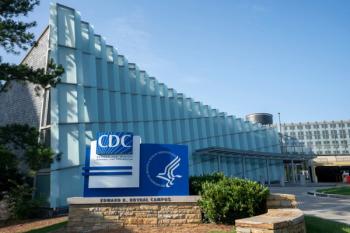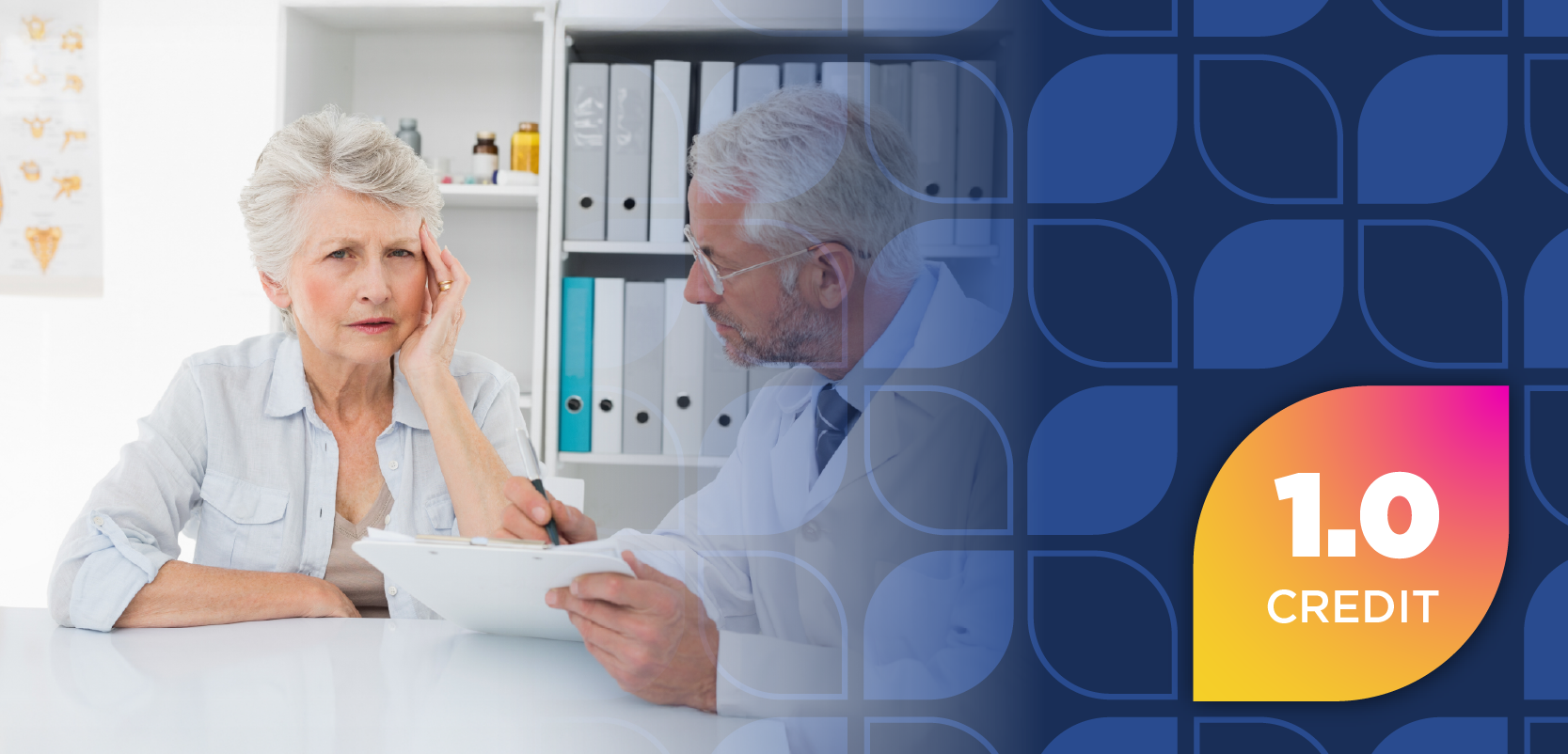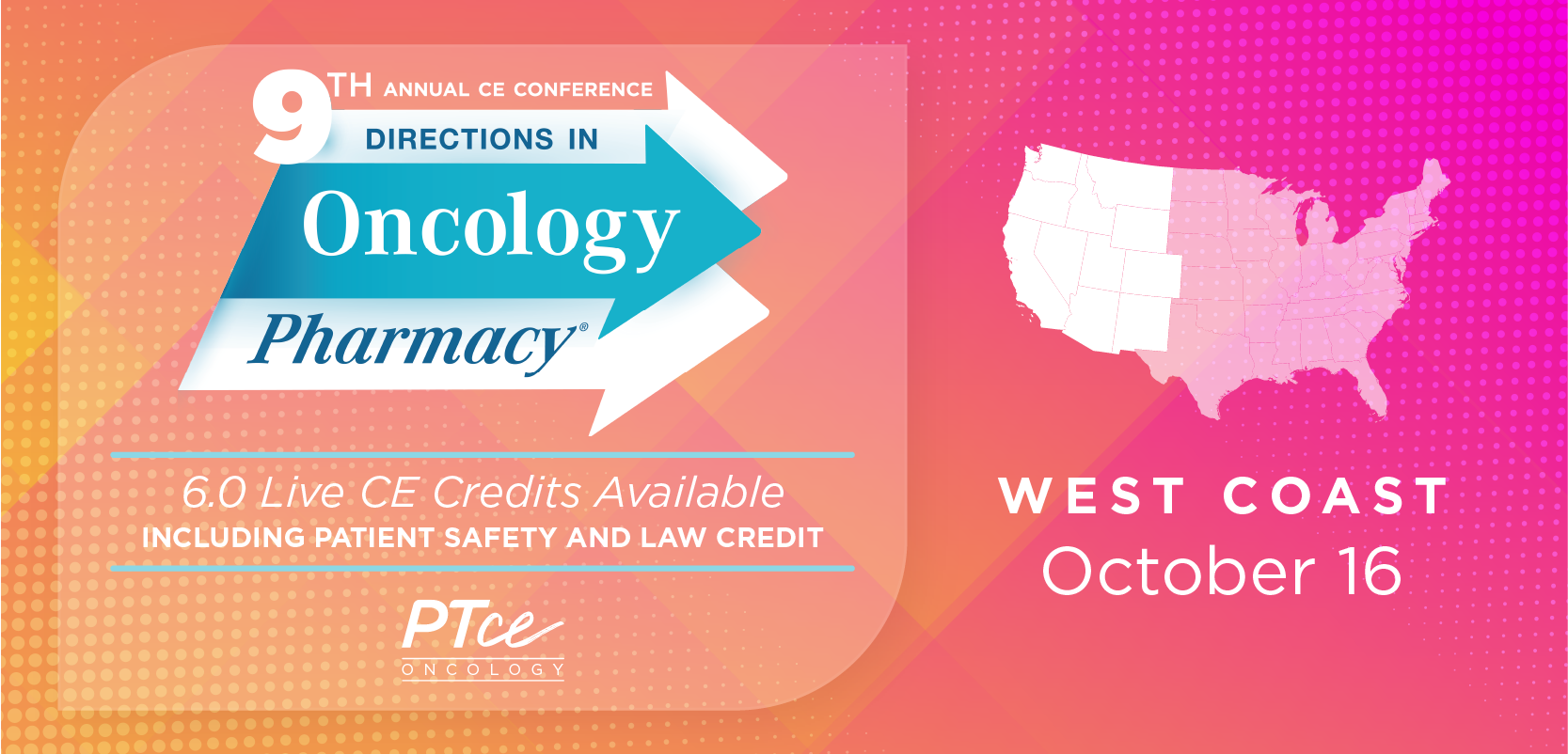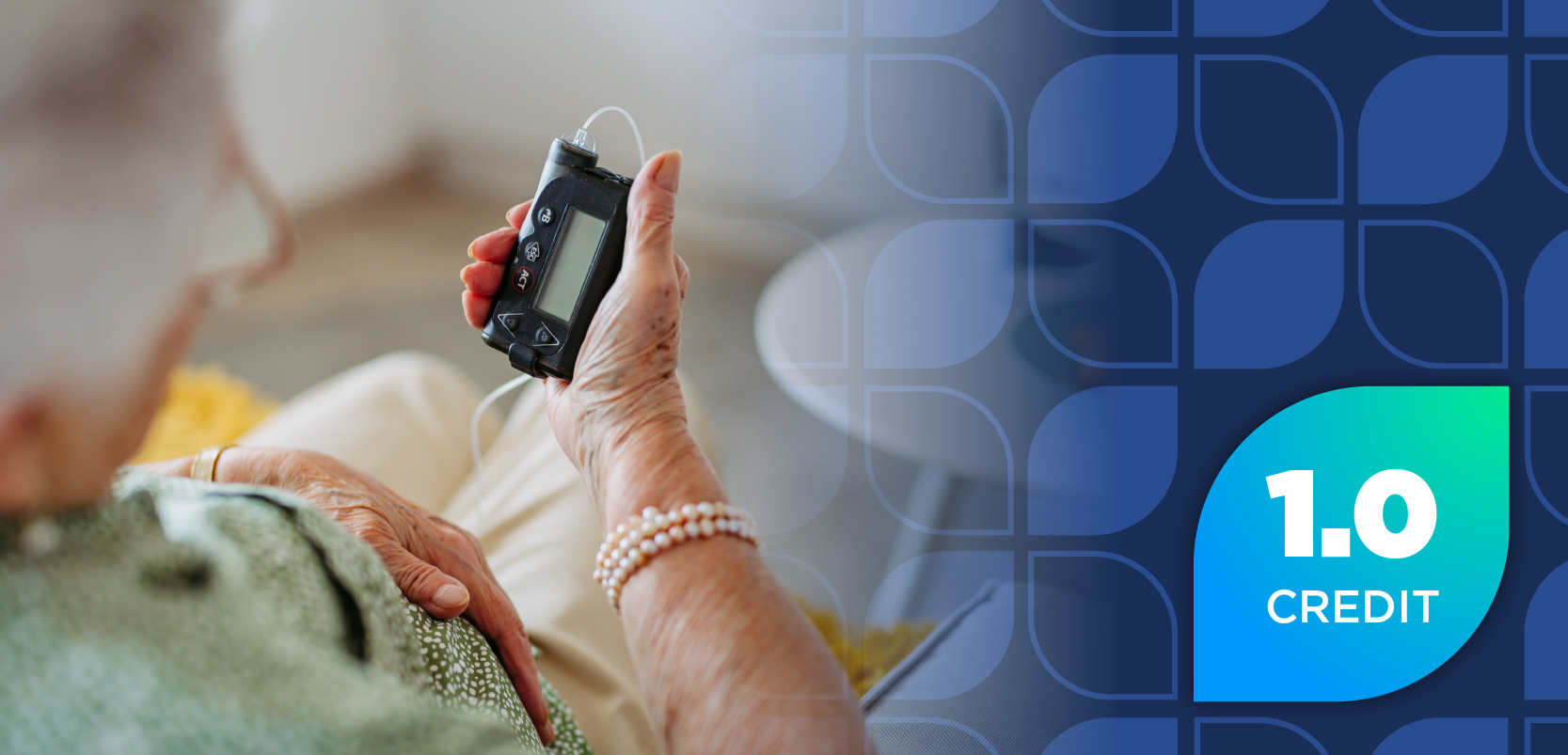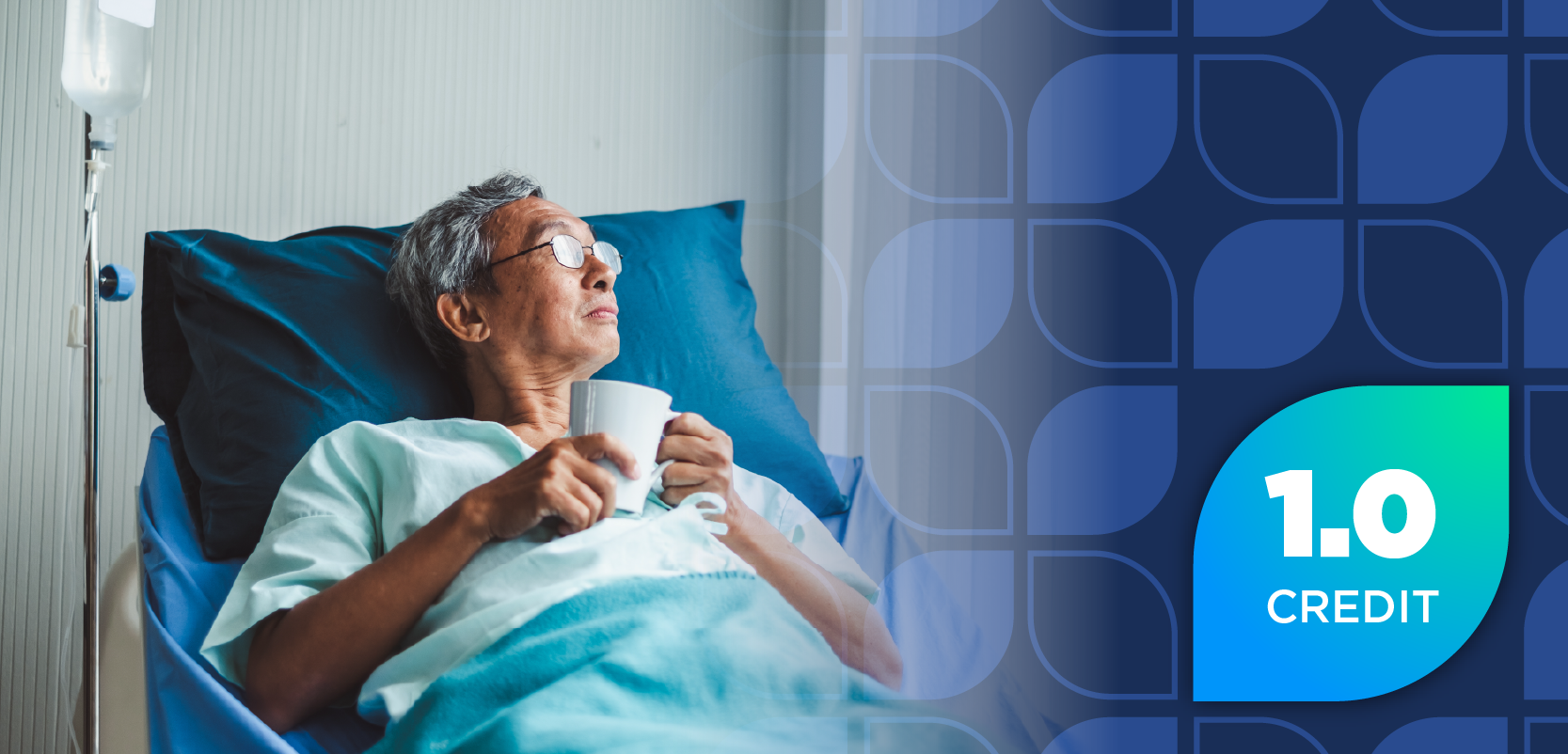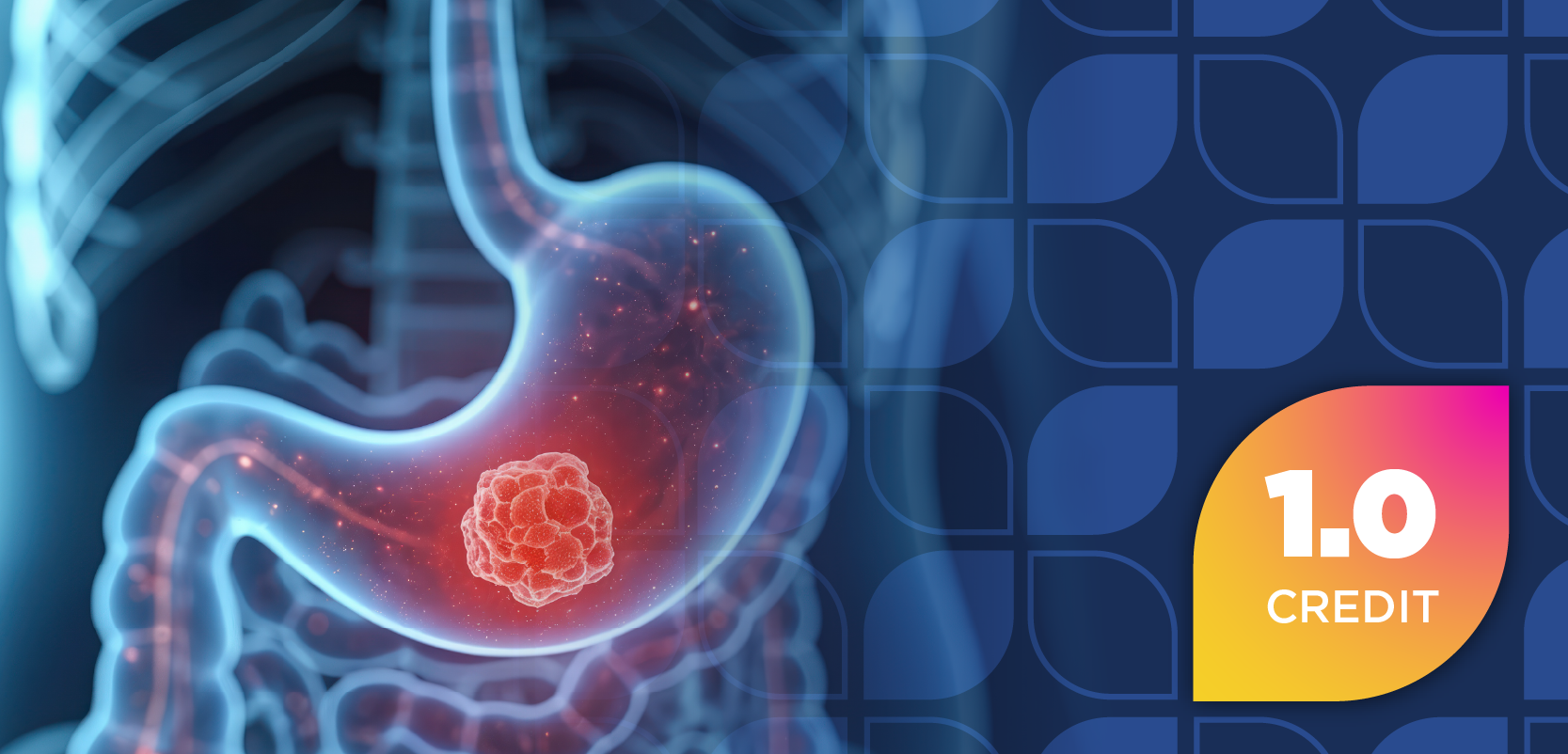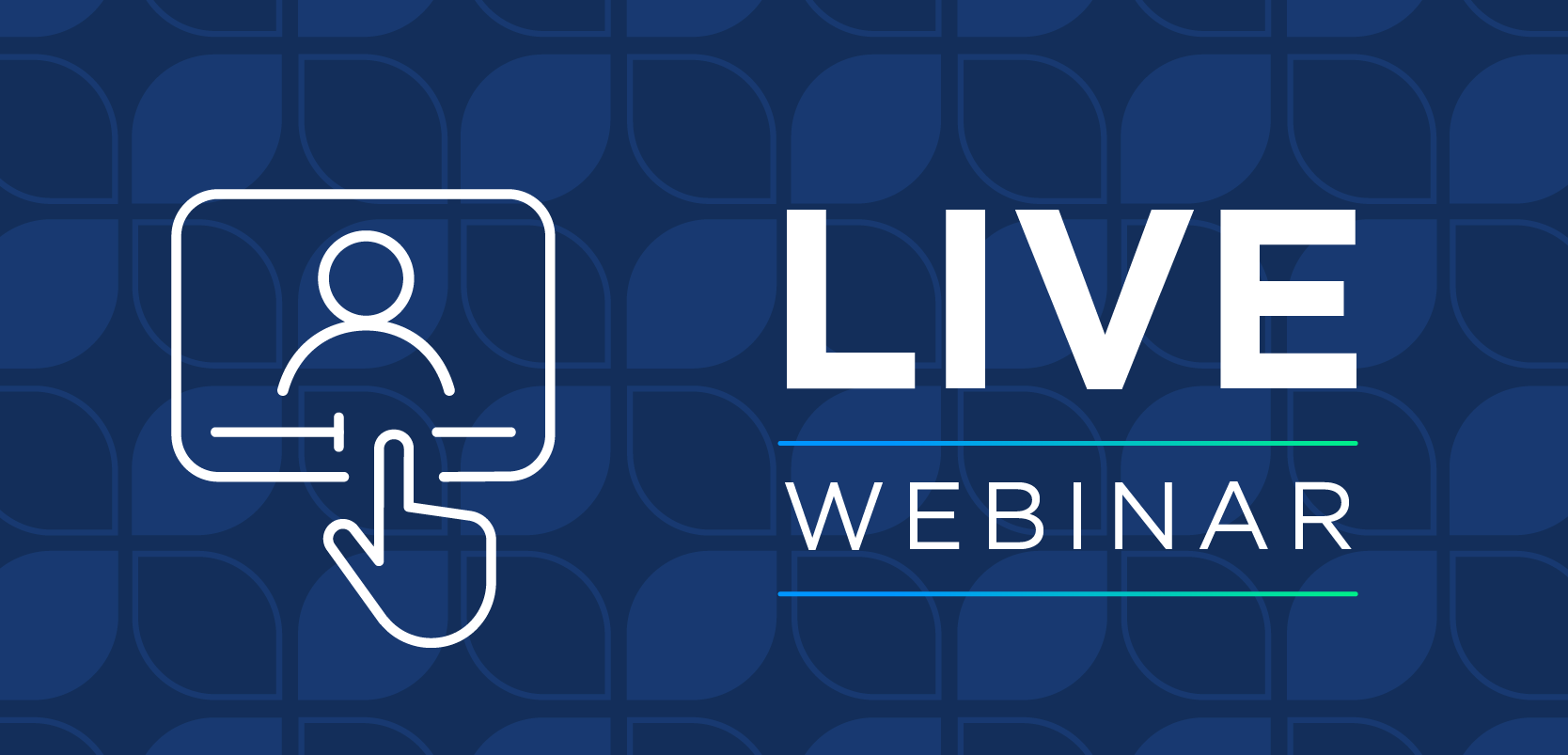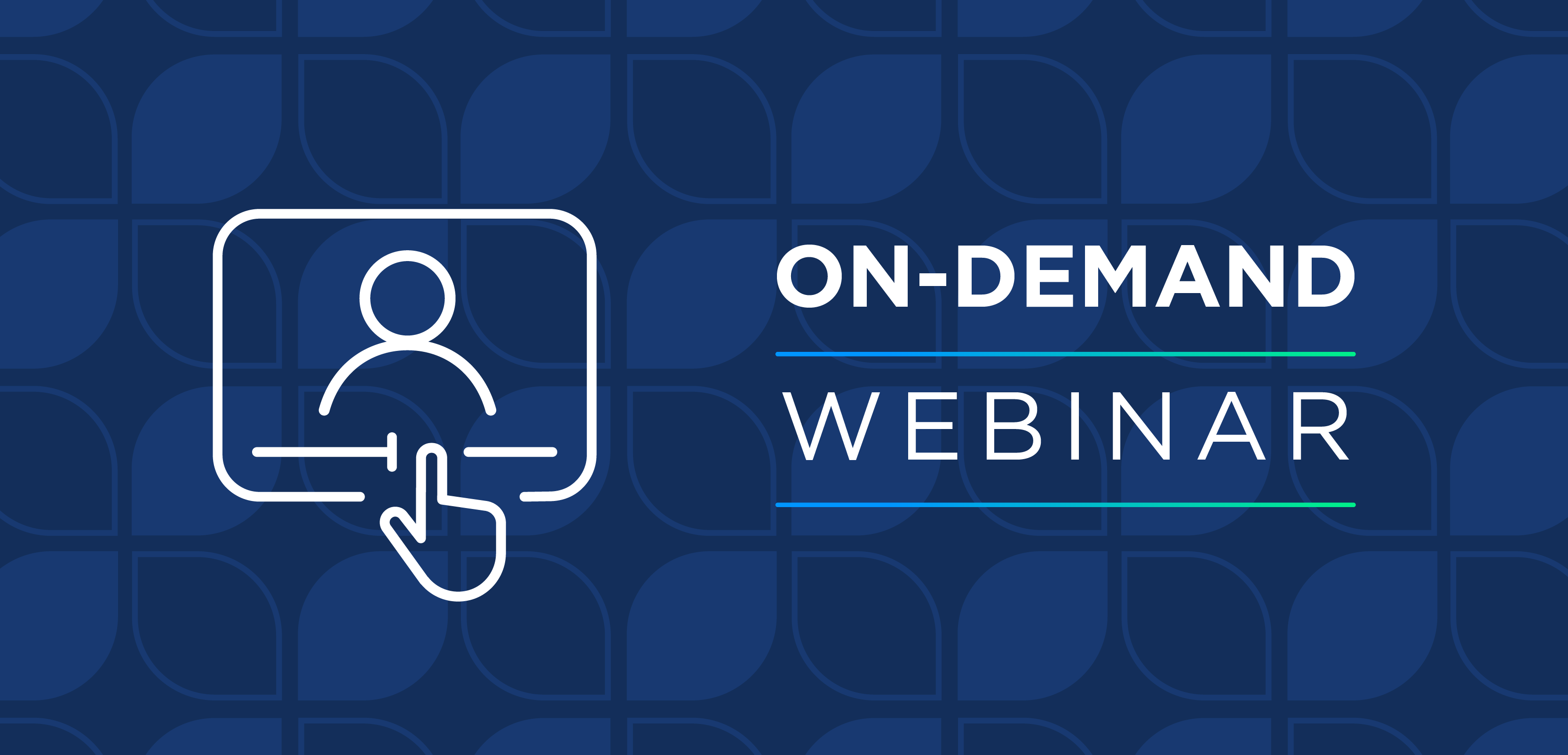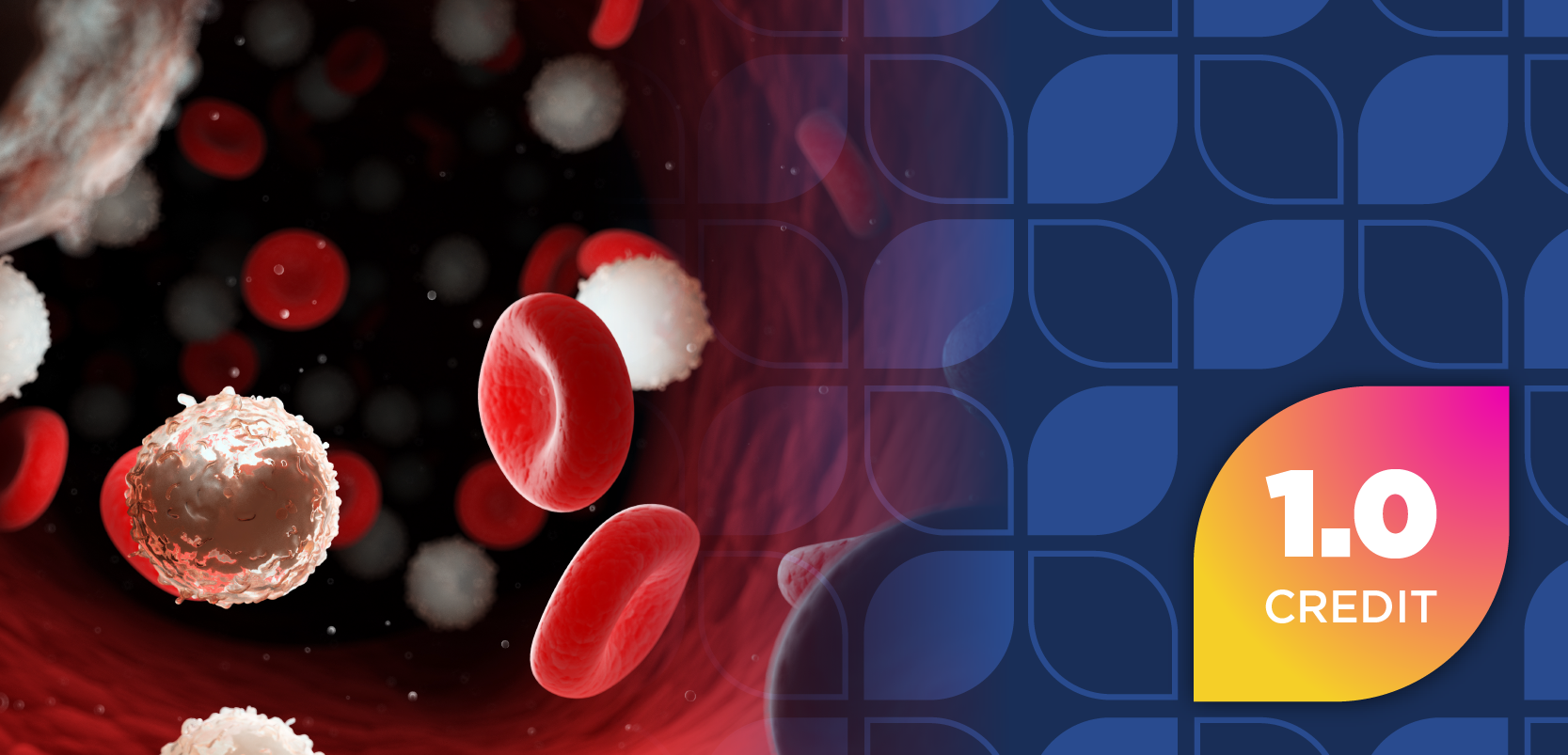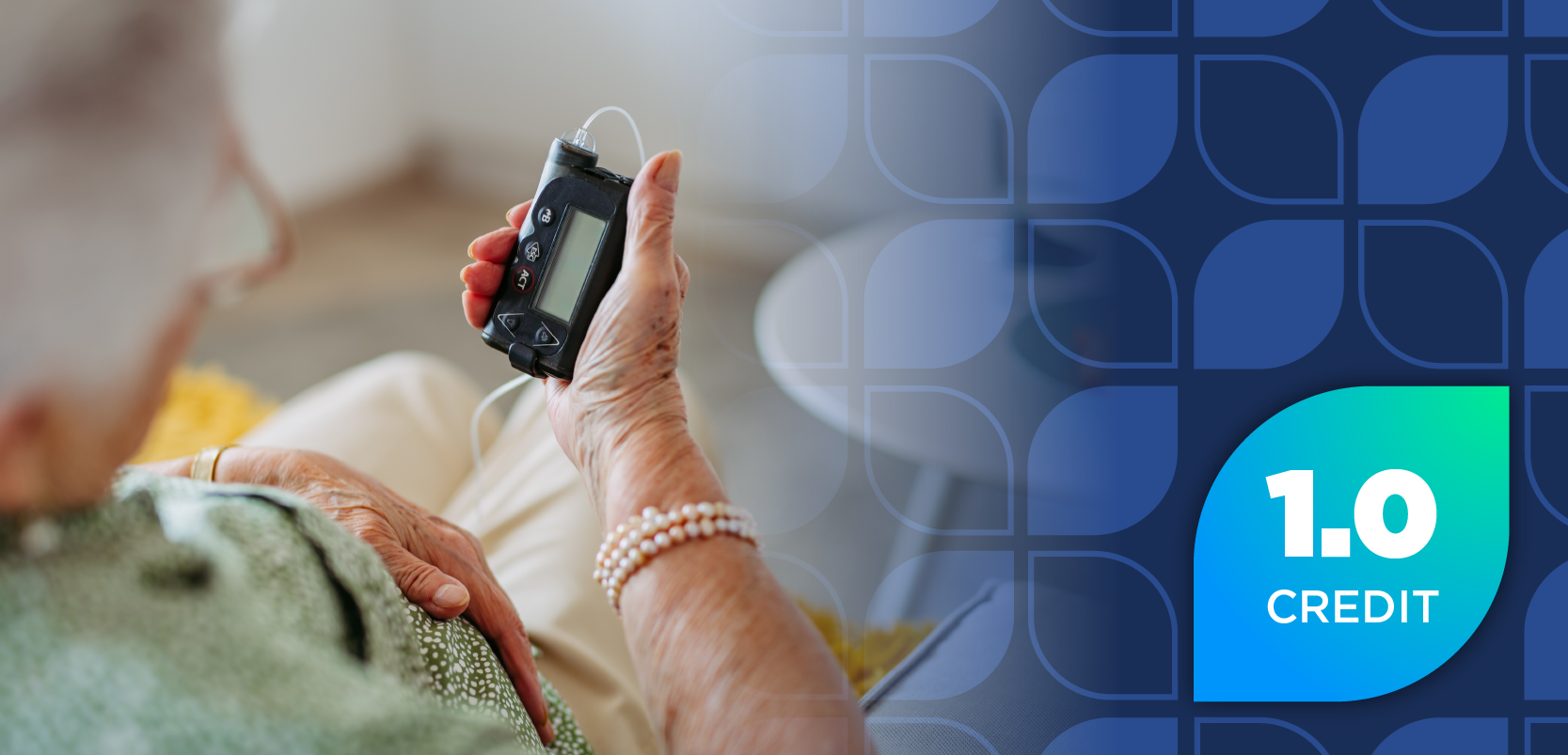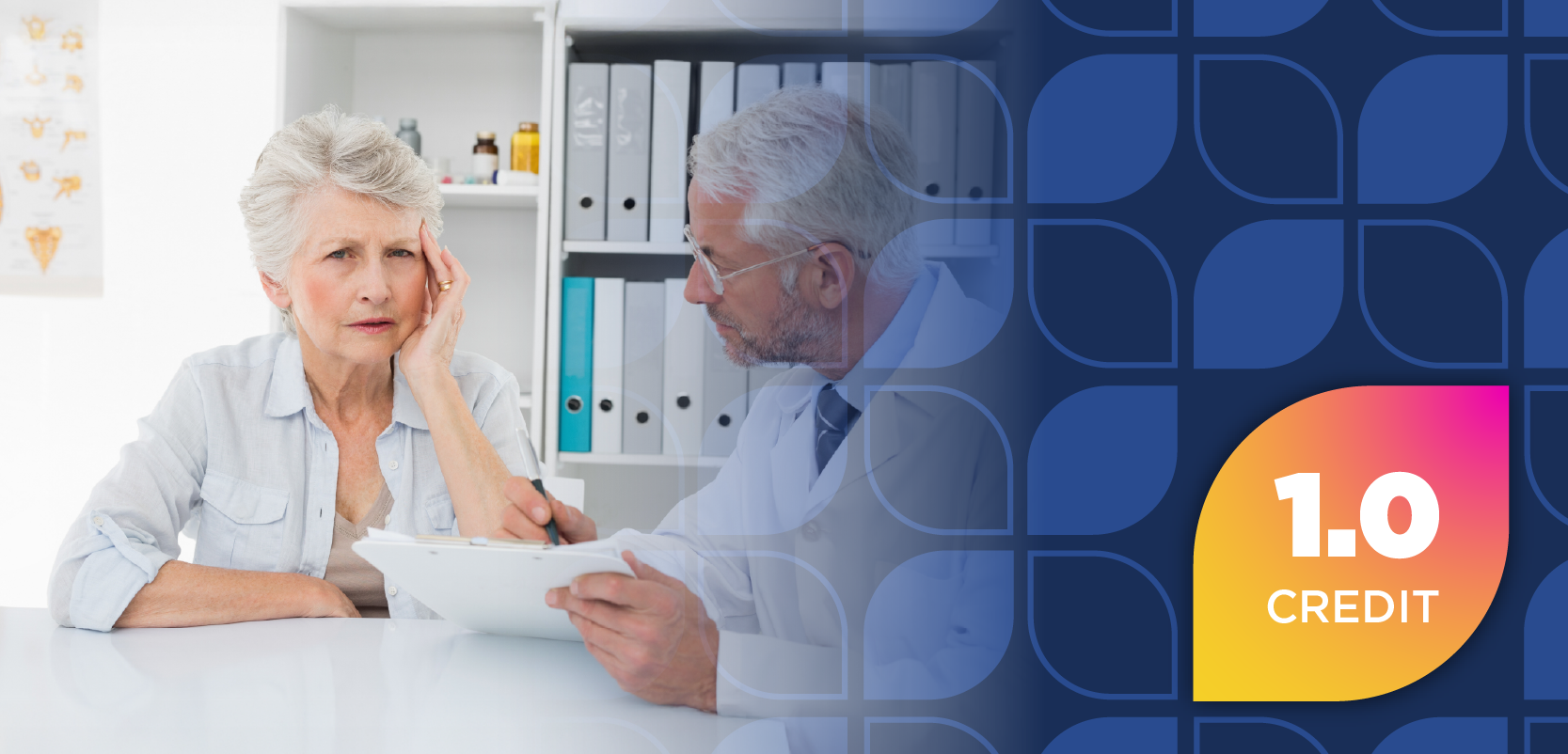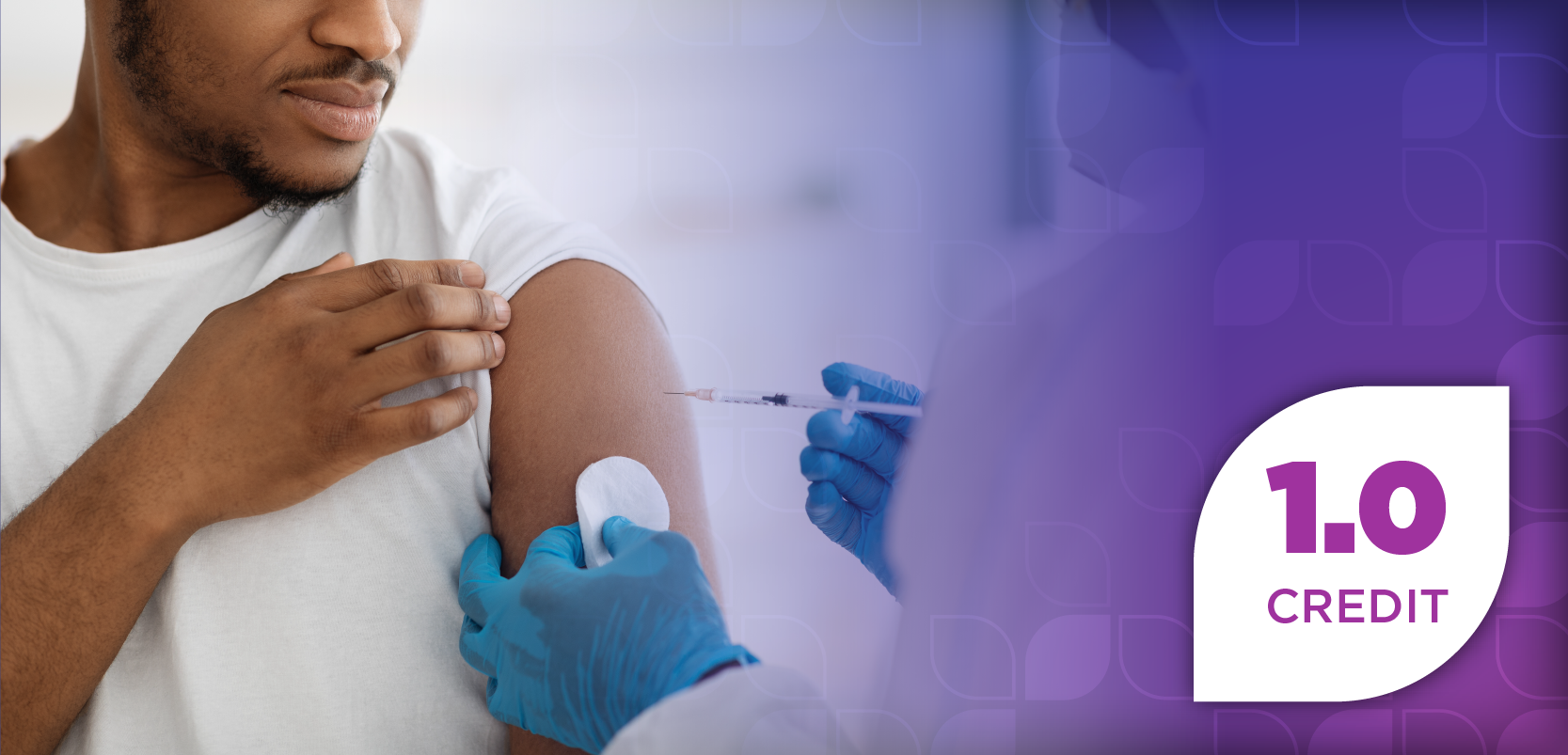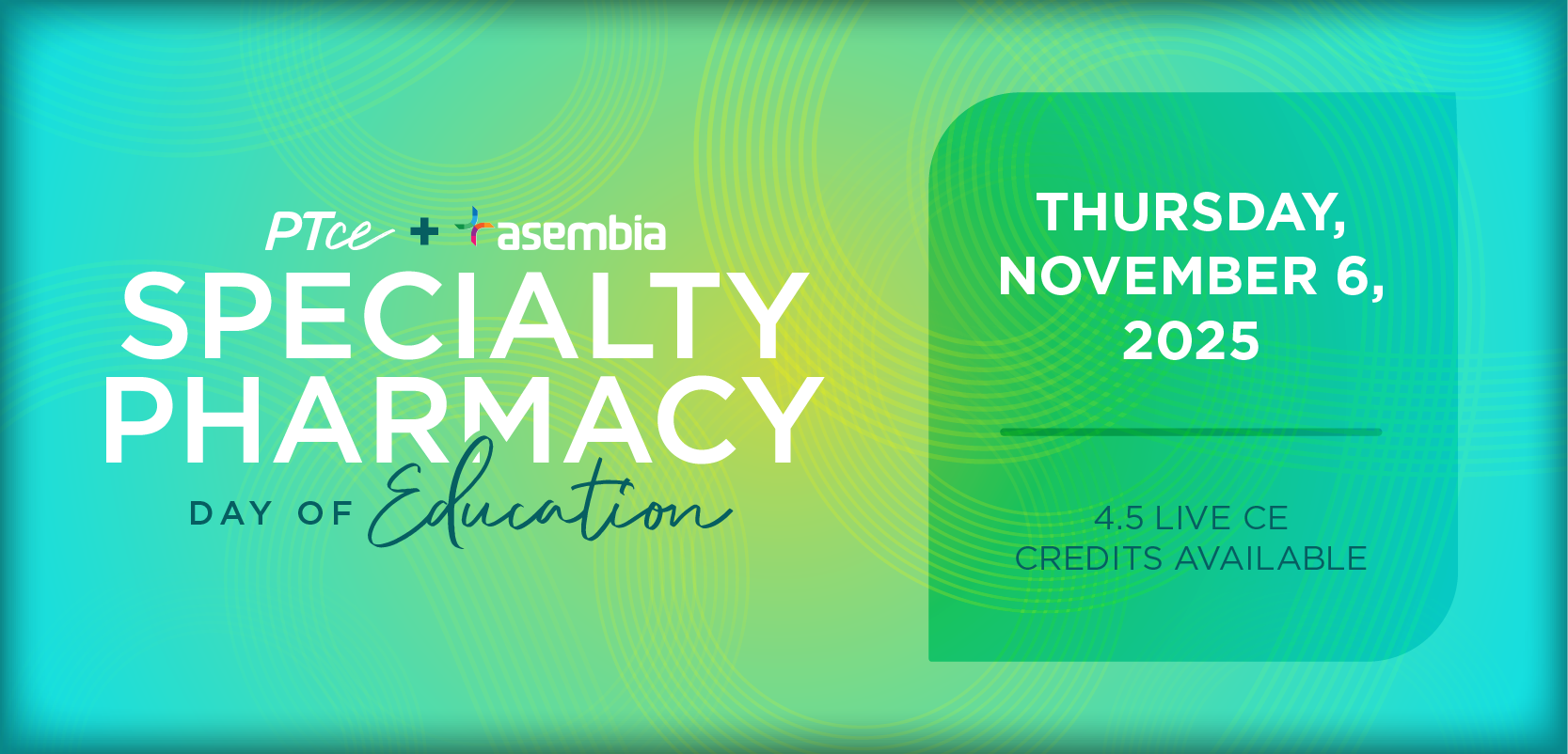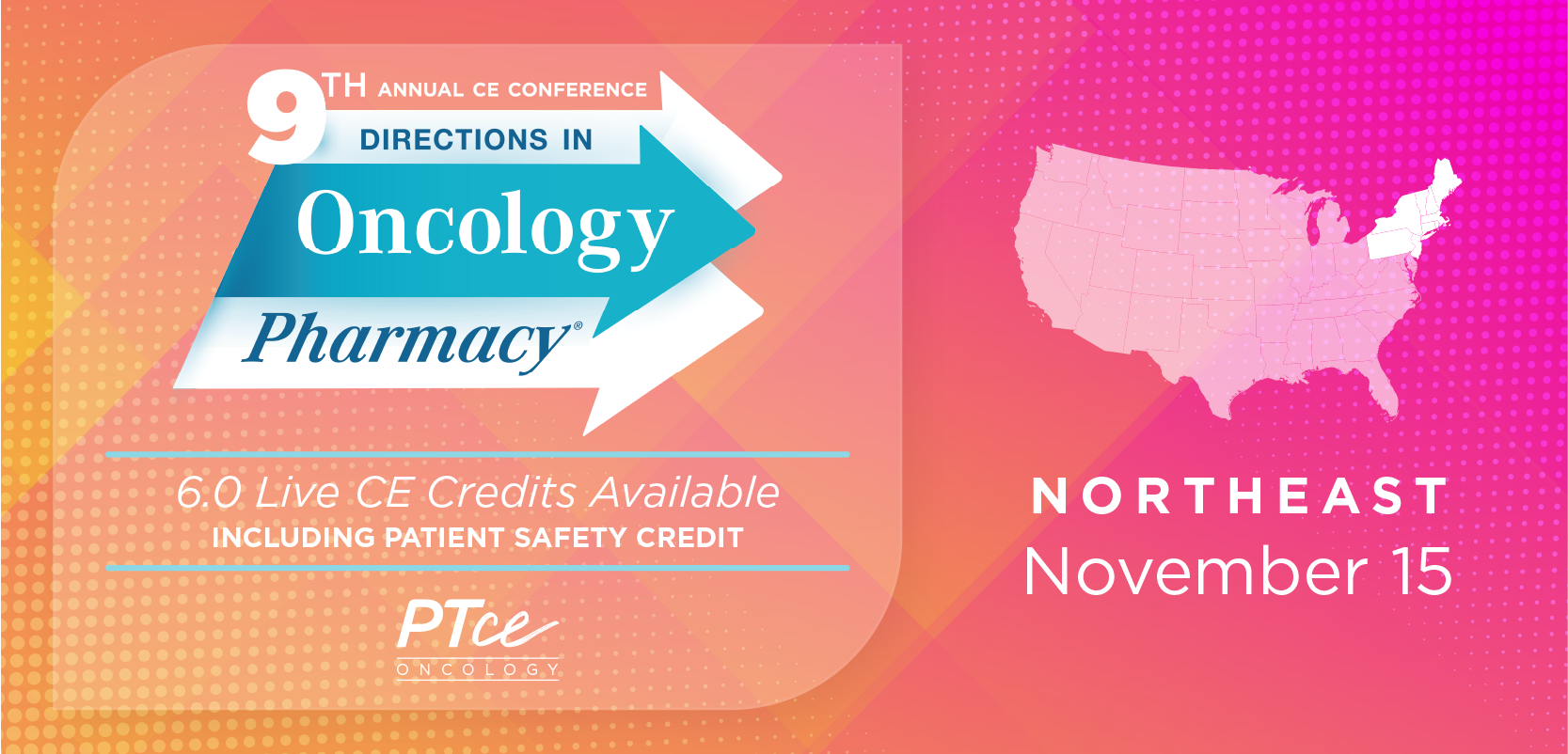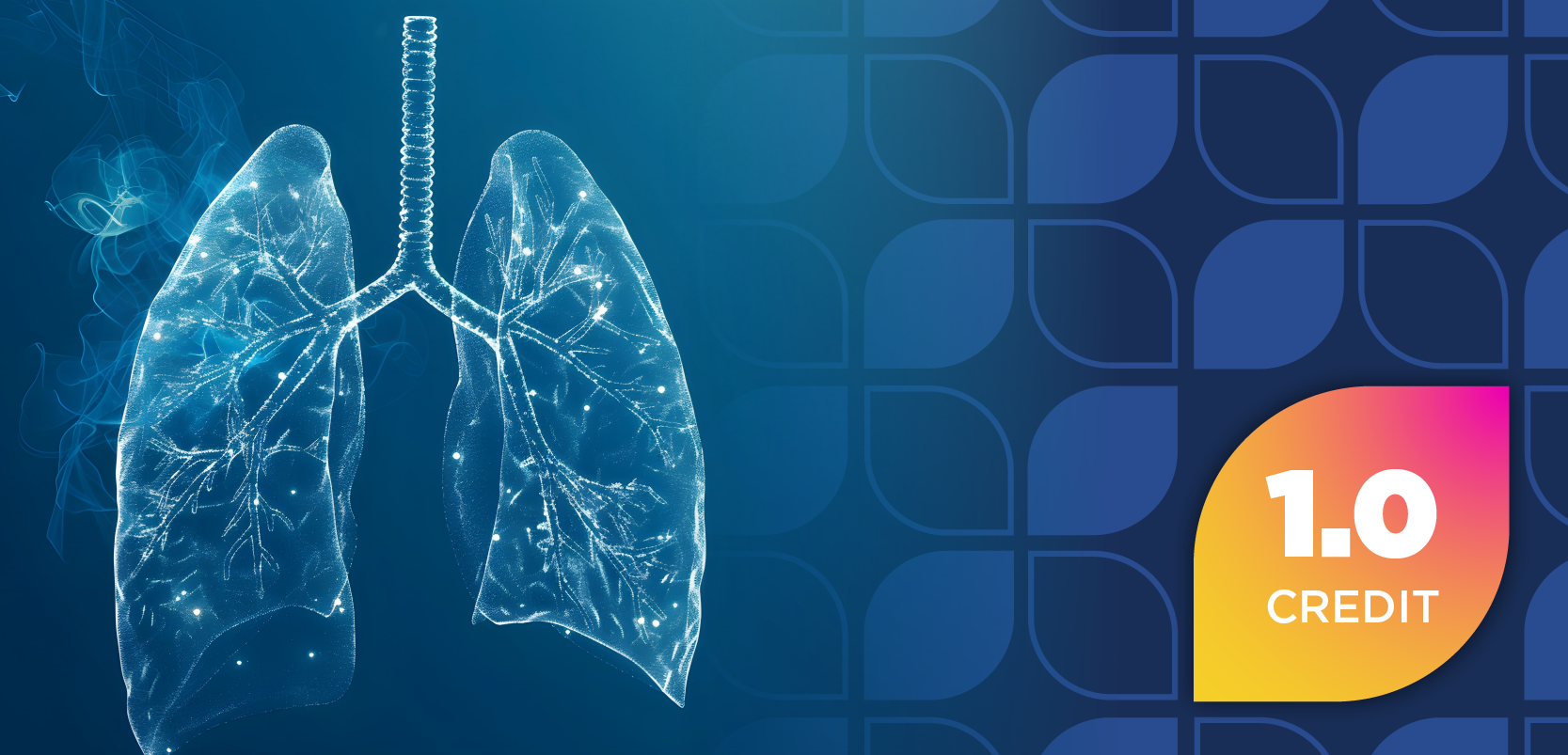
Rising Medicare Part D Premiums: Implications for Patient Adherence and Pharmacist Burden

In an interview with Pharmacy Times®, Scott Soefje, PharmD, MBA, BCOP, FCCP, FHOPA discusses the potential implications of rising Medicare Part D premiums, emphasizing the uncertainty surrounding how these changes will ultimately impact patients and health systems. While the full effects remain speculative, existing adherence literature shows that even minor increases in copays—sometimes as little as five or six dollars—can lead patients to stop taking their medications.
Soefje notes that oncology pharmacists, in particular, may face difficult decisions about whether to continue high-cost medications or switch patients to potentially less effective alternatives. As more patients may rely on assistance programs, pharmacists are likely to be drawn into navigating manufacturer support processes, especially in health systems without established infrastructures. The overarching concern centers on how to help patients manage these shifting financial burdens without compromising care.
Pharmacy Times: With the base Part D subsidy dropping from $15 to $10 in 2026, how are oncology pharmacies prioritizing outreach for patients at highest risk of cost‑related non‑adherence?
Scott Soefje, PharmD, MBA, BCOP, FCCP, FHOPA: I think first, when we talk about this whole topic, we have to include the caveat that this is all speculation. We don't yet know all of the impacts or how this is going to unfold, etc. However, should this occur—and should we see the change in the subsidy—what we know from adherence literature is that any increase in copay, any increase in out-of-pocket insurance costs, leads to patients stopping their medications. There's literature out there that makes this pretty clear, and in some cases, it's as little as five or six dollars that can cause a patient to stop.
So, in the long run, what we're really concerned about is particularly those patients we already have on therapy—they're progressing, they're doing well—and then, all of a sudden, they get this bill. How are we going to deal with that?
Oncology pharmacists are going to be put in a lot of difficult situations. Do we continue this expensive med, or do we change it to something that might be cheaper and maybe less effective? Do we change something that’s working to something that may not be? And then we’re all going to get pulled into patient assistance programs, copay assistance programs—all of those manufacturer support processes. And I think pharmacists, a lot of times—because it’s a drug—we get pulled into those processes.
Particularly if you’re in an organization that doesn’t already have that established and well set up, then I think what you’re going to see is a lot of pharmacists getting pulled into this.
You know, the discussions we’re having are: how are we going to help these patients manage these changes—in their fees, their copays—all of these kinds of things.
Pharmacy Times: The premium‑increase cap is rising from $35 to $50/month—are you anticipating tighter formularies or cost tiers for cancer therapies, and preparing pharmacists to intervene in access barriers?
Soefje: With the cost changing, I think we're going to see, particularly in those managed care-type Medicaid systems, a real tightening down of formularies. They're really going to implement step therapies, tiered therapies, and all those other tools that managed care, PBMs, and everyone else use to help control formularies and manage costs.
I think, again, patients are going to be caught in the middle because they're not going to understand what's going on. They're going to want to know why we can't do this versus that. They’re not always going to want to know the intricacies—they’ll just want answers.
There may be some benefits out of this, though. I've been joking around, saying: do we really need 14 or 15 PD-1 inhibitors? Can we put one, or two or three, on the formulary and say, “These are our workhorses,” and go from there? Again, maybe some of the managed care Medicaid groups will be willing to work with some sites and say, “Maybe it doesn't have the indication, but we've seen it work in a clinical trial,” or “There is a clinical trial that's showing promise in early data—we'll go ahead and pay for it,” or something like that. I think those are the kinds of things we're going to have to think through as we go.
I do think pharmacists are going to sit down with patients, talk to them, and really work through the financial barriers—talk about the financial toxicity with patients, with our administrators, our doctors, and everyone else—because this whole process is going to interfere with.
Pharmacy Times: With increasing premiums and fewer PDP protections, what role will pharmacy-led benefit counselling play during Open Enrollment—especially for older adults on fixed incomes?
Soefje: You almost have to have a PhD to figure out all of the options available between Medicare Advantage, Medicaid, managed care, and all the other things that come along with it. I think patients are confused a lot of the time. They think they’re getting one thing, and they end up with something else. This is going to have to be a system where people really help everyone understand what the changes are and how they impact them.
It’s really going to be impactful for those dual-eligible patients—those elderly patients who are on Medicare but also qualify for Medicaid. Even simple things, like whether they’ll have a work requirement, raise big questions. And it's about how all of this comes together—and right now, nobody knows.
Pharmacists have not really been—at least in health systems—part of the discussion with patients around open enrollment. That’s usually handled by financial counselors and other staff. But I think we may, in the future, have to become more knowledgeable about Medicare and Medicaid reimbursement so we can answer those questions when we’re asked. We’ll need to truly understand what these systems are, how they work, what they’re going to do, and all the implications.
So, one of the things pharmacists are going to have to do is increase our own knowledge—what these programs are, how they work, how these systems operate, and what can and cannot be done. It’s going to be a big lift, I think, over the next summer.
Newsletter
Stay informed on drug updates, treatment guidelines, and pharmacy practice trends—subscribe to Pharmacy Times for weekly clinical insights.


